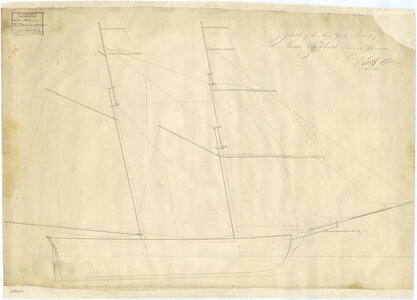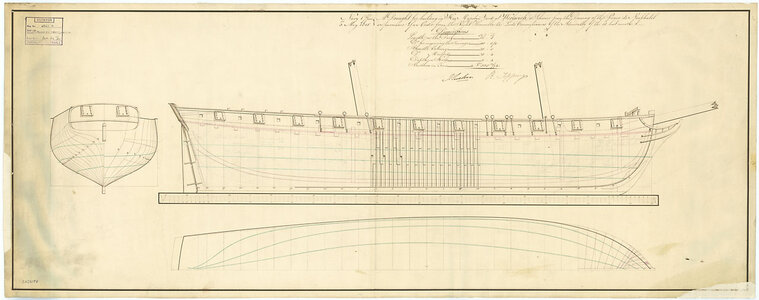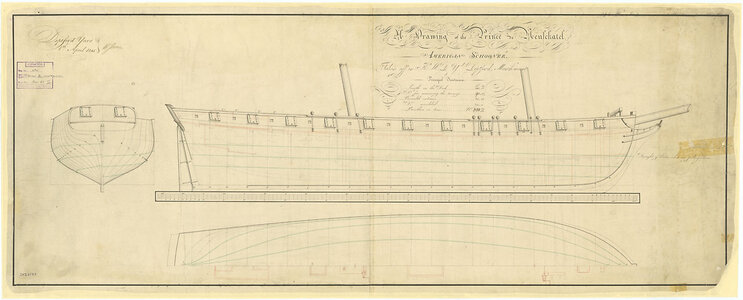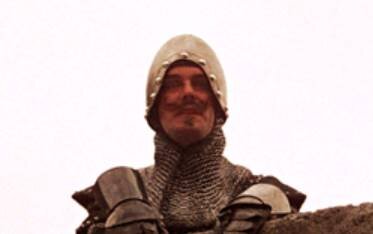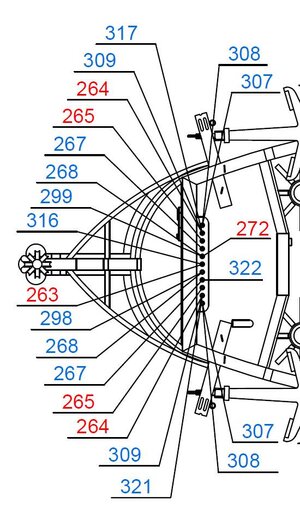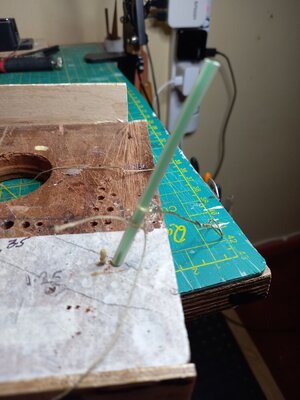I’m working on the Gerard Schmitt kit of the Prince de Neufchâtel (1/64 scale). I’m finally at the rigging stage and have noticed that according to the diagrams, there are numerous instances where at least two lines belay to the same pin. I’m new at this, so I feel like it’s a major accomplishment just to get one line properly belayed. There doesn’t appear to be enough room on the pin to property tie off a second line.
Is this just another example of practice, experience, and perseverance making it better? Am I using incorrect line or pins? Is the pin rail too thick? For all of the above I’m using what was supplied with the kit. Is there a specific method I should be using or anything else that I should be doing?
Taking advantage of the years of experience, expertise, and advice from the experts on this forum has been tremendous, I had no idea that all you guys were out here. Thanks again from a baby newby.
Is this just another example of practice, experience, and perseverance making it better? Am I using incorrect line or pins? Is the pin rail too thick? For all of the above I’m using what was supplied with the kit. Is there a specific method I should be using or anything else that I should be doing?
Taking advantage of the years of experience, expertise, and advice from the experts on this forum has been tremendous, I had no idea that all you guys were out here. Thanks again from a baby newby.



